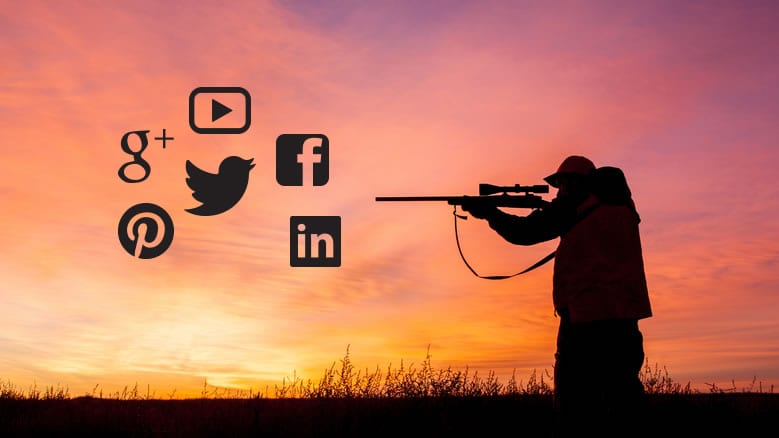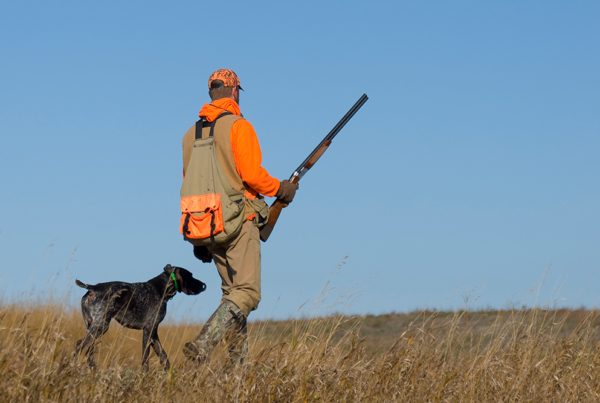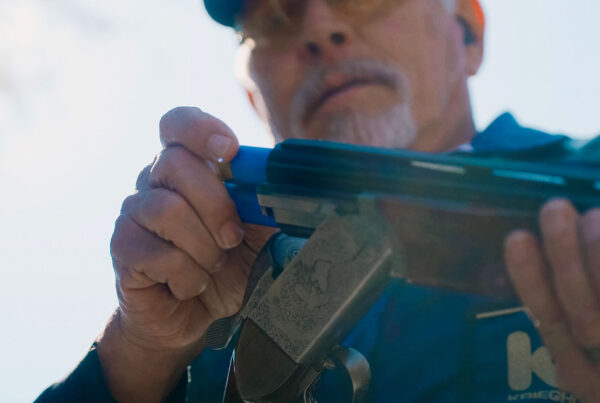
If you’re like most business owners or marketers in the firearms, shooting and hunting industries, social media is still a bit of a mystery. A lot of marketers and business owners think that social media is a waste of time or are vague on how to effectively use it. Like all things we don’t understand, we typically just shrug it off.
We know we have to have a Facebook page—and maybe even a Twitter account, but still we struggle to grasp the importance of social media and its use.
Social media can be explained like this: Social media is digital word-of-mouth. Like traditional word-of-mouth or referrals, you share content, ideas, recommendations, stories or pictures with people who are your neighbors, friends or family. If you stop for a moment and think about it, most of the services and products you have bought in the past—have come from referrals by neighbors, friends or family.
If people find your information (i.e. content) useful or interesting—odds are they will share it, tweet it, like it or buy it.
Social media helps get your information or content out to more people—and given the right circumstances, can grow your website traffic, leads and customers exponentially. By spreading your content far and wide—you cast a bigger net, which means you increase your odds of generating more customers.
Here are 5 ways to finally help you understand how social media works in the hunting, outdoor and firearms industry.
1. Social media starts with valuable and relevant content
If your goal is to drive traffic to your website, then social media starts with creating content. You can’t attract new customers without generating content. Content can be created in the form of blogs, videos, whitepapers, ebooks or infographics. Tweet, share and post these pieces of content and distribute them on your social media networks to maximize your content reach. Write your content specifically for your buyer persona.
Should I post the same content on all networks?
To help you better understand the differences of social media, here are few comparisons made by social media guru, Guy Kawasaki (1.7 million followers on Twitter)
- Facebook = People. It’s mostly for communicating with those with whom you already have some connection.
- Twitter = Perceptions. It can help you build your reputation and visibility.
- Instagram = Passions. It’s for sharing your passions with others who have the same passions.
- Pinterest = Pinning. It’s about beautiful images and finding great stuff.
- LinkedIn = Pimping. He means this in a good way, Kawasaki said. “LinkedIn can help you position yourself as a serious person and influencer.”
For Facebook, you’ll want to bring your content down to a human level and mix it up with real-life experiences. Try to make your content sound “casual” and make it fun. Posts on Facebook should be about office happenings and culture. Think reality show.
For LinkedIn, dress your content up in a suit. Make sure you add your own personal comment as to why you’re posting. Try to think in terms of how to establish yourself as an influencer or perhaps even a thought leader.
For Twitter, you only have 140 characters to get your point across. Your tweets should be short and succinct. Try to invoke curiosity or urgency to drive clicks to your content.
Buffer found that tweets with images receive 18% more clicks. Always add an interesting, eye-catching picture. This also goes for Facebook and LinkedIn.
What the heck is a hashtag?
Hastags (#) are used to identify a subject. So if you were to post something about Elk hunting in the Rockies you may tweet something like: “Elk Hunting is the Best in the Rockies! #hunting #firearms #wyoming” What the hashtag does, is allow other users to search for the same hashtag. This creates a small micro-community that follows an interest, event or subject.
2. Identify which channels work best for your business
Not all social media channels work and operate the same (as noted above). The only way to understand what network works for you is to experiment. We typically have more success on Twitter and LinkedIn than on Facebook. So we concentrate a lot of our efforts on those channels because they are more B2B oriented.
If you’re focused on reaching women (which is currently exploding in the industry) – you may want to try Pinterest as their members are almost 90% female.
Google+ should be used to help with increasing search engine rankings and indexing your pages. Google continues to struggle with creating a viable social network. However, Google+ should not be overlooked.
3. Curate other people’s content and follow back your customers!
In order to start gaining followers, you must tweet, post and share often–especially on Twitter. It’s recommended that to gain followers on Twitter you need to tweet at least 4x a day—for starters. It’s been proven the more you tweet, the more followers you get.
You won’t have enough content in the beginning—so tweet other industry/topic relevant content. Make sure to follow the 80/20 rule: tweet 80% of other people’s content and only 20% of yours. By retweeting, favoriting and sharing other people’s content, you gain followers as people are likely to follow you back.
For LinkedIn and Facebook, I recommend once a day or at least 4 times a week to maintain top-of-mind awareness. Back off if you sense people are getting annoyed or you start losing followers. Always be professional and courteous. Do not use profanity or coarse language.
Most companies in the industry are highly self-promotional. They are always tweeting out their latest products, sales, deals and happenings—push, push, push. Their social media strategy dictates that: Follow less people and have more followers than we’ll be considered more important.” Companies in the hunting, firearms and shooting industries should follows their customers back. Social media isn’t about being the most popular kid on the playground—it’s about sharing and associating with the people you are trying to help, build a relationship with to turn them into life-long customers.
Here’s how this plays out. I’m considering a new AR-15. So I head to Twitter and follow Stag Arms, Colt and Daniel Defense so I can learn more about their products and get updates on their latest news to help make a decision on what AR-15 to buy. Out of those three companies, Stag Arms ends up following me back! Wow. A big brand like Stag, wants to follow me? Guess who I’m going to buy from. Stag! So go ahead, follow back! You tell your potential customers you’re interested in them and you care about them. This goes along way in establishing your branding and inbound marketing strategy.
4. Boost your content on Facebook
Facebook has changed its news feed recently and it has become harder to get your content in front of the right audience. Facebook now offers “boosts” to reach your target audience outside of your network for increased exposure. Boosts start at $20 and go up from there. Boosts are a cost effective way to drive traffic and capture likes, leads and shares.
5. LinkedIn is about establishing yourself as an influencer and thought leader to establish credibility
Once you commit to creating valuable content, you’ll begin to learn even more about the industry and your buyer personas. An amazing thing happens when you start to research, read, tweet, post, write and curate content. You wake up one day and realize that you’re living on the bleeding edge of the latest trends, industry news and technology. You become a resource that others will find useful. I tell this to my customers who are venturing into inbound marketing. Like training for an Ironman, you start out slow, but gradually over time, you gain momentum and fitness to go the distance—and before you know it, you’re a stud triathlete.
Ok, if you’ve made it this far down on this article, you may be asking, OK great, how does participating in social media really help my business? Here are 5 important reasons:
- Builds your brand and reputation
- Social proof (i.e. a lot of followers) establishes trust among leery visitors
- Attracts customers you otherwise would not have reached
- Drives traffic to your content and landing pages to convert visitors to leads
- Establishes yourself as resource, influencer and thought leader to a global audience
So there you have it.
If you were confused about how social media works—you should now have a better understanding. Social media starts with valuable content, choosing the right network, curating other peoples content (80/20 rule), following your prospects back, tweeting to drive traffic, boosting on Facebook to gain shares, and using LinkedIn to establish yourself as a credible thought leader. If you still have questions? Contact us or give us a call to see how to make social media work for your business.





